Scrimp and Splurge - Where'd you hold back, where'd you go nuts?
sabjimata
13 years ago
Featured Answer
Sort by:Oldest
Comments (60)
formerlyflorantha
13 years agomom2reese
13 years agoRelated Discussions
Where'd my orioles go?
Comments (15)2 & 3 yrs ago only had 1 male come to nectar feeder for a couple weeks. last year had both male and female come to grape jelly and nectar feeder for a couple weeks also. this year we set out 3 feeding stations with nectar feeder, grape jelly and a bowl of diluted grape jelly. had multiple males and females coming to all 3 feeders. the males likes solid grape jelly the females likes the diluted grape jelly. our first sighting for orioles were may 3rd. they stopped coming by may 25th. they disappeared for about 2 weeks and returned June 6th. by June 30th starting seeing baby orioles. we have been blessed to see parents and babies playing and flying from tree to tree in the trees that surround our property and also feeding at 1 particular feeding station....See MoreWhere'd Great Impressions go?
Comments (16)Cool! I figured that crew was around somewhere. Deb, I'll email you for details about how to get back in there. Natal, thanks for the compliment on the house! Our master bathroom does have an armoire in it (good memory!), and we love it. We finished the bathroom a few years ago, and to this day, that armoire still has to be one of the best decisions we made-- it holds SO much stuff! The house isn't finished by any stretch (it will probably be a lifelong project for us). We just finished the kitchen-- photos are posted on the Kitchens Forum here. Right now we're working on some outside projects (finishing up a barn, building a pergola for my grapes) until the weather turns. Then we'll be headed back inside, turning a 4th bedroom into a library, and building a fireplace surround in our dining room. The projects will never end, I think!...See MoreHow can I get this look on a budget?
Comments (10)Have you read the "Read Me" thread? It links to some threads that might help, like... Best advice from this forum: http://ths.gardenweb.com/forums/load/kitchbath/msg0720293613004.html Scrimp on this, Splurge on that....: http://ths.gardenweb.com/forums/load/kitchbath/msg101324514831.html Where to splurge and where to save??: http://ths.gardenweb.com/forums/load/kitchbath/msg080040367553.html Care to share your best kitchen storage ideas?: http://ths.gardenweb.com/forums/load/kitchbath/msg0716483024815.html What do you wish you had done differently?: http://ths.gardenweb.com/forums/load/kitchbath/msg0722355328974.html What do you wish you had done differently? [Part 2]: http://ths.gardenweb.com/forums/load/kitchbath/msg0220533912060.html Now that I have [X], I think I could have lived without it: http://ths.gardenweb.com/forums/load/kitchbath/msg0719430319398.html What 'cons' did you choose to live with?: http://ths.gardenweb.com/forums/load/kitchbath/msg0703072225663.html Things I would NOT recommend or things I dislike!: http://ths.gardenweb.com/forums/load/kitchbath/msg0413285931465.html Things I would NOT recommend or things I dislike! #2: http://ths.gardenweb.com/forums/load/kitchbath/msg061407013201.html kitchen layout suggestions: http://ths.gardenweb.com/forums/load/kitchbath/msg1022032814279.html 4" Broom Closet from IkeaFans: http://ths.gardenweb.com/forums/load/kitchbath/msg021226537119.html Rev-A-Shelf Spice Racks for Fillers -- Have you seen these!!!! - Kitchens Forum - GardenWeb [discusses filler pullouts]: http://ths.gardenweb.com/forums/load/kitchbath/msg1020292023561.html pull-down vs. pull-out faucet: http://ths.gardenweb.com/forums/load/kitchbath/msg0309302313055.html And the current one: Thread: Scrimp and Splurge - Where'd you hold back, where'd you go nuts? Here is a link that might be useful: Read Me If You're New To GW Kitchens!...See MoreScrimp on this, Splurge on that....
Comments (77)On January 2nd, I demolished (really did! Loved that hammer! And had a great time after an argument with my 22-yr old son! A gal has to find some stress-relief, right?!) all the cabinets and soffits, re-mudded the walls and ceiling (after installing some pieces of sheetrock where the soffits used to be) removed the old vinyl flooring and old glue, and now I am starring at blank walls for another few days. In my spare time (3-6 am, hey! I am a 58yr old woman who can't sleep!), I designed on paper my ultimate kitchen (of course on a small budget!) I found an incredible cabinet maker who is charging me about $4500 for great cherry cabinets with soft close doors and drawers (no extra cost), glass or wood doors (my choice), full extension drawers, all drawers in base cabinets as I asked. Total of 26 cabinets including 2 giant floor-to-ceiling special designed/built large pantries, crown molding and all my little special requirements (oh the price also includes install of cabinets and granite). See his website: http://www.gwkitchen.com/index11.html. The granite I chose for my 2 long (39 sq/ft) countertops is "absolute black" 3CM granite for $1400 (you can check out their granites on same website). I just cannot be happier! No fancy name brand but great quality just the same. Scrimp: DIY design and planning instead of hiring a kitchen designer or contractor. Using a handyman to help me install backsplash and flooring I have a white 2-yr old french door fridge so I am going to buy the brushed stainless steel soft metal (http://cgi.ebay.com/Update-Appliances-to-Brushed-Stainless-Steel-softmetal_W0QQitemZ250103259621QQihZ015QQcategoryZ46124QQtcZphotoQQcmdZViewItem) to refinish it in SS until I can afford to buy a new one! Not buying top of the line appliances. I am sticking with GE Profile for everything. I have American Home Shield and through their purchasing dept, I get extremely great savings on all american appliances. What an incredible saving there too! I chose double ovens with double self-clean and double convection, top of the line dishwasher, great microwave and best looking 36" glass cooktop (black & SS) that has a bridge and several other cool things. I chose granite tiles instead of 2CM granite sheets for backsplash ($400 including install). I am leaving my concrete floor as is until I can figure out what I want to do. Most likely go to Ged's carpet & tiles outlet or other builders' outlets and choose some really nice tiles at half (or more) the price of major stores. I will then purchase the tiles, get my handyman to help me install them (cheaper if I help) and that will be that. Splurge: - Used electrician to wire for recessed lighting, wiring and tying together over-cabinet, under-cabinet and inside-cabinet lighting to ONE switch - dimmable. Also to move the wiring of some appliances to new locations and switching hard-wire to receptacle for new microwave and disposal. And a load of other little things. Total $745. - Used plumber to work on plumbing lines for new sink, moving the fridge water line to new area and wiring for deck-mount pot filler. $400. Buying 1HP Insinkerator Excel disposal instead of smaller (even though I don't one that powerful) because of their jam-sensor circuit & low low noise. Could not afford all SS appliances so mixed and matched with black and SS. Both will look great with black granite. And nowadays, everything gets mixed and looks great. And most importantly? Researching and shopping on the internet with companies who offer free shipping and tax and reading every single blog on this website and getting incredible ideas from you guys to make my kitchen even better and elegant. Should be done within 2 weeks and will try to post before and after pictures....See Morecharlikin
13 years agorhome410
13 years agoneedsometips08
13 years agokaismom
13 years agodebinnh
13 years agochicagoans
13 years agoplllog
13 years agotracie.erin
13 years agocooksnsews
13 years agobeckysharp Reinstate SW Unconditionally
13 years agopinch_me
13 years agovate
13 years agodonnakay2009
13 years agodyno
13 years agoberryfarm
13 years agobabushka_cat
13 years agoeastbaymom
13 years agosabjimata
13 years agoSomDrew
13 years agominette99
13 years agochocolatetruffle
13 years agobelasea
13 years agopat_123
13 years agodoonie
13 years agodoonie
13 years agosochi
13 years agoSusan
13 years agosteff_1
13 years agobmorepanic
13 years agoneilar
13 years agojakabedy
13 years agoccoombs1
13 years agoavesmor
13 years agoNancy in Mich
13 years agoamberley
13 years agomelissastar
13 years agoshelayne
13 years agoBuehl
13 years agonilgris
13 years agolamb_abbey_orchards
13 years agosarmar103
13 years agobibliomom
13 years agochihuahua6
13 years agoformerlyflorantha
13 years agosusanka
13 years agodenicast
13 years agocienza
13 years agoformerlyflorantha
13 years ago
Related Stories
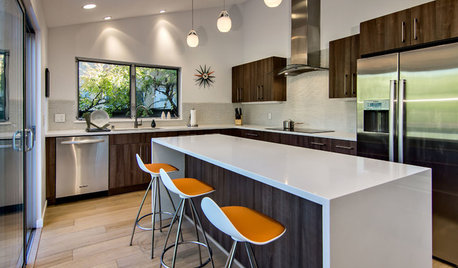
REMODELING GUIDESWhere to Splurge, Where to Save in Your Remodel
Learn how to balance your budget and set priorities to get the home features you want with the least compromise
Full Story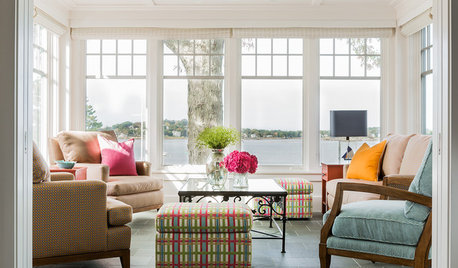
MOST POPULARDecorating 101: How Much Is This Going to Cost Me?
Learn what you might spend on DIY decorating, plus where it’s good to splurge or scrimp
Full Story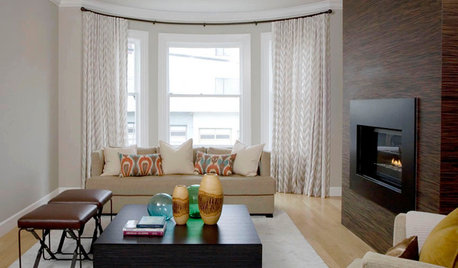
DECORATING GUIDES7 Home Purchases Worth the Splurge
Make buyer's remorse over furniture, textiles and more a thing of the past with this wise purchasing advice
Full Story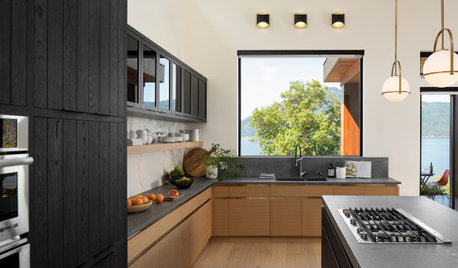
KITCHEN DESIGNWhere Should You Put the Kitchen Sink?
Facing a window or your guests? In a corner or near the dishwasher? Here’s how to find the right location for your sink
Full Story
ARCHITECTUREWhat the Future Holds for 3D Printing in Architecture and Design
Designers worldwide are creating 3D-printed buildings, furnishings and materials. Will we be seeing this trend in our homes?
Full Story
BATHROOM DESIGNBathroom Storage: Where to Keep the TP?
The Houzz community steps in with 19 tidy toilet paper storage solutions
Full Story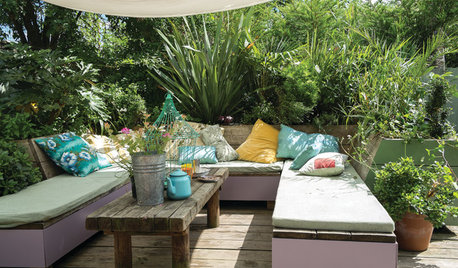
LIFEHouzz Call: Where (and What) Are You Reading This Summer?
Whether you favor contemporary, classic or beach reads, do the long and lazy days of summer bring out the lit lover in you?
Full Story
DECORATING GUIDESWhere to Embrace Custom Furnishings in Your Home
Upholstery, draperies, rugs and mirrors are a few of the items for which it makes sense to consider a custom option
Full Story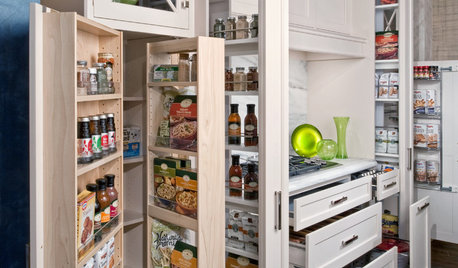
KITCHEN STORAGEGoing Up: Vertical Storage Holds More Kitchen Stuff
Fit more of what you need at hand by looking to narrow or shallow kitchen spaces and walls
Full Story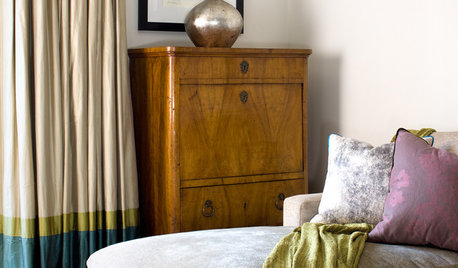
DECORATING GUIDESLearn When to Splurge for True Design Happiness
Sometimes treating yourself is exactly right — despite that whole impracticality thing
Full Story

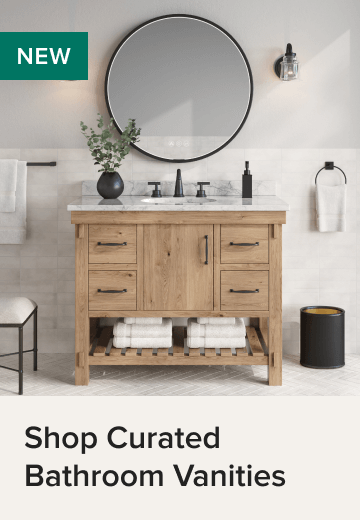

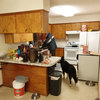


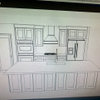
bostonpam